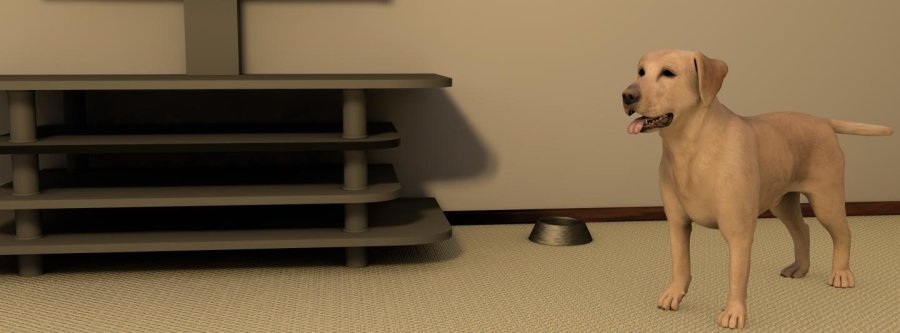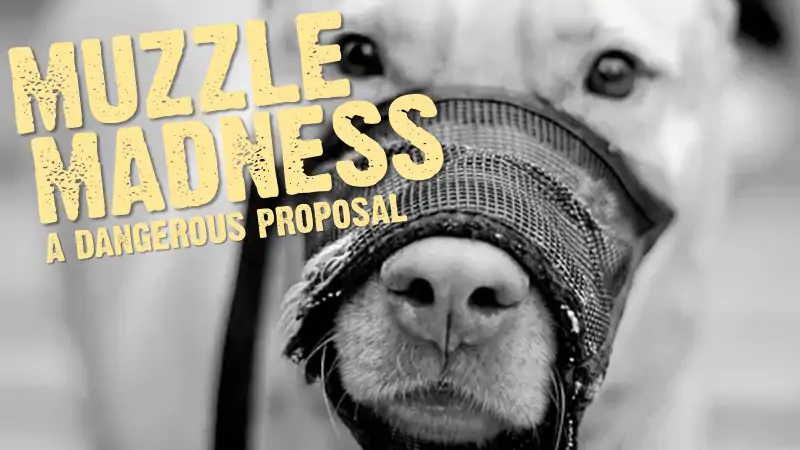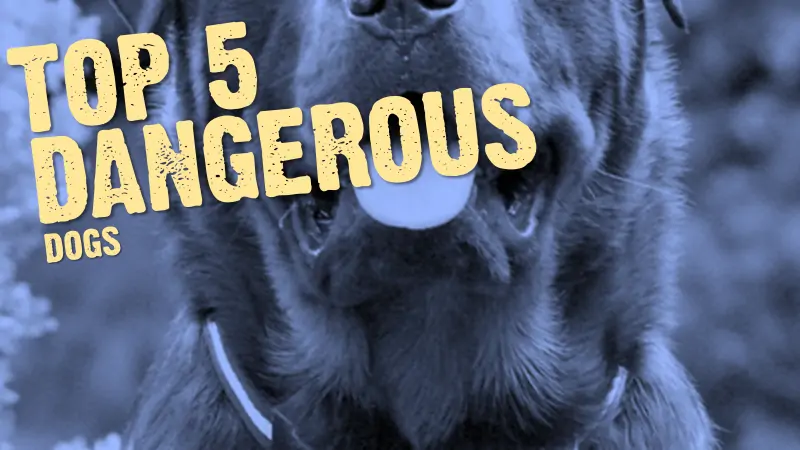A new study into dog bite prevention is underway at the University of Liverpool’s Virtual Engineering Centre (VEC), putting virtual reality front and centre.
Alongside the Dogs Trust and University of Liverpool animal behaviour researchers, the VEC has created a virtual dog (pictured below) which will display real signs of canine aggression inside a safe and controlled virtual reality (VR) experience.
 Photo Credit: Virtual Engineering Centre (VEC)
Photo Credit: Virtual Engineering Centre (VEC)
The team behind the creation say that ‘the experience aims to help adults and children recognise specific behaviours displayed by dogs, which could potentially lead to an attack or incident if not correctly identified.’
It works like this – when approached in a virtual reality world, the virtual dog will change behaviour and begin to display signs of aggression, including licking its lips, lowering its head and body, front paw lifting, growling and showing teeth (as referenced in the ‘Canine Ladder of Aggression’ which shows how a dog may behave when it does not want to be approached), therefore allowing children and adults to learn what a dog is saying when they show similar signs of aggression in the real world to help avoid being bitten.
Iain Cant, VEC Visualisation Team Leader said: “This was a really interesting project to work on with a lot of exciting potential for the future.
“The next steps will look to enhance the detail within the immersive environment to ensure the simulation is as realistic as possible. Future developments will also show a wider range of dog behaviours and the dog’s reactions to user behaviour.”
“More broadly the project highlights how immersive experiences can be used by organisations such as Dogs Trust as a valuable educational tool.”
Enter your email and never miss out on receiving our best articles:







